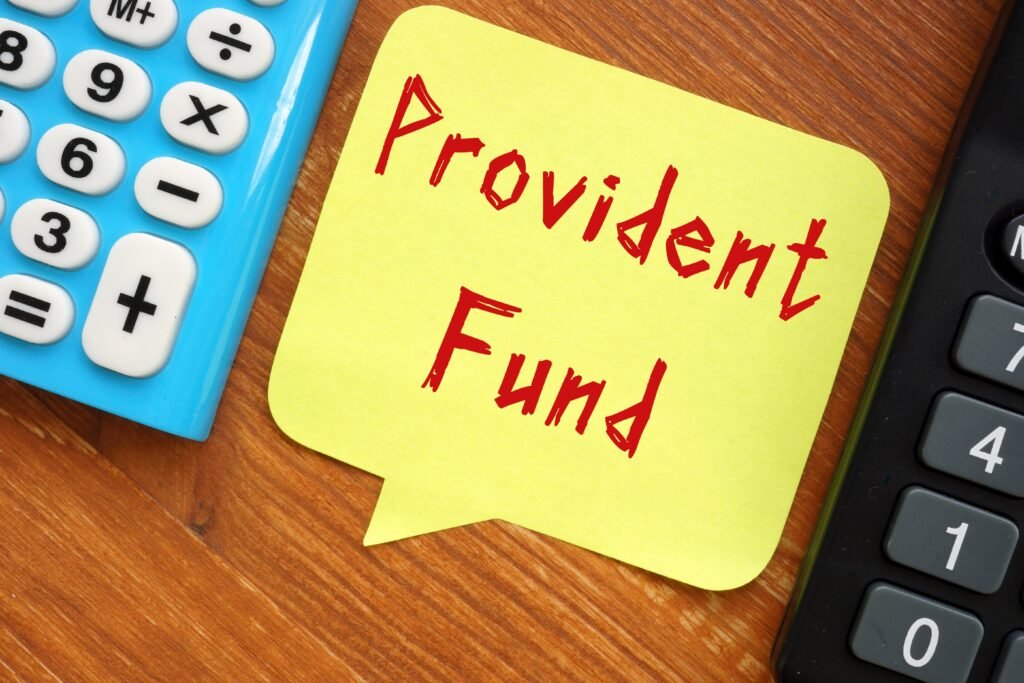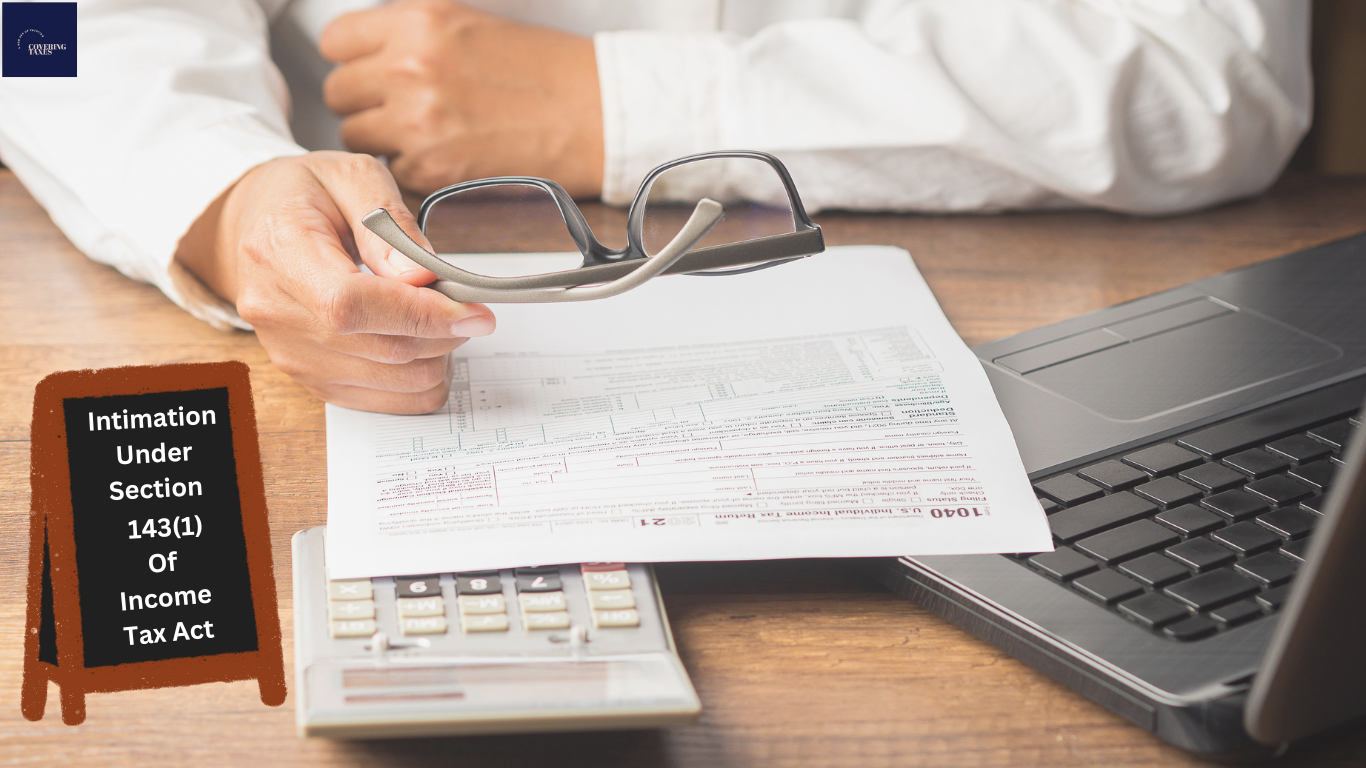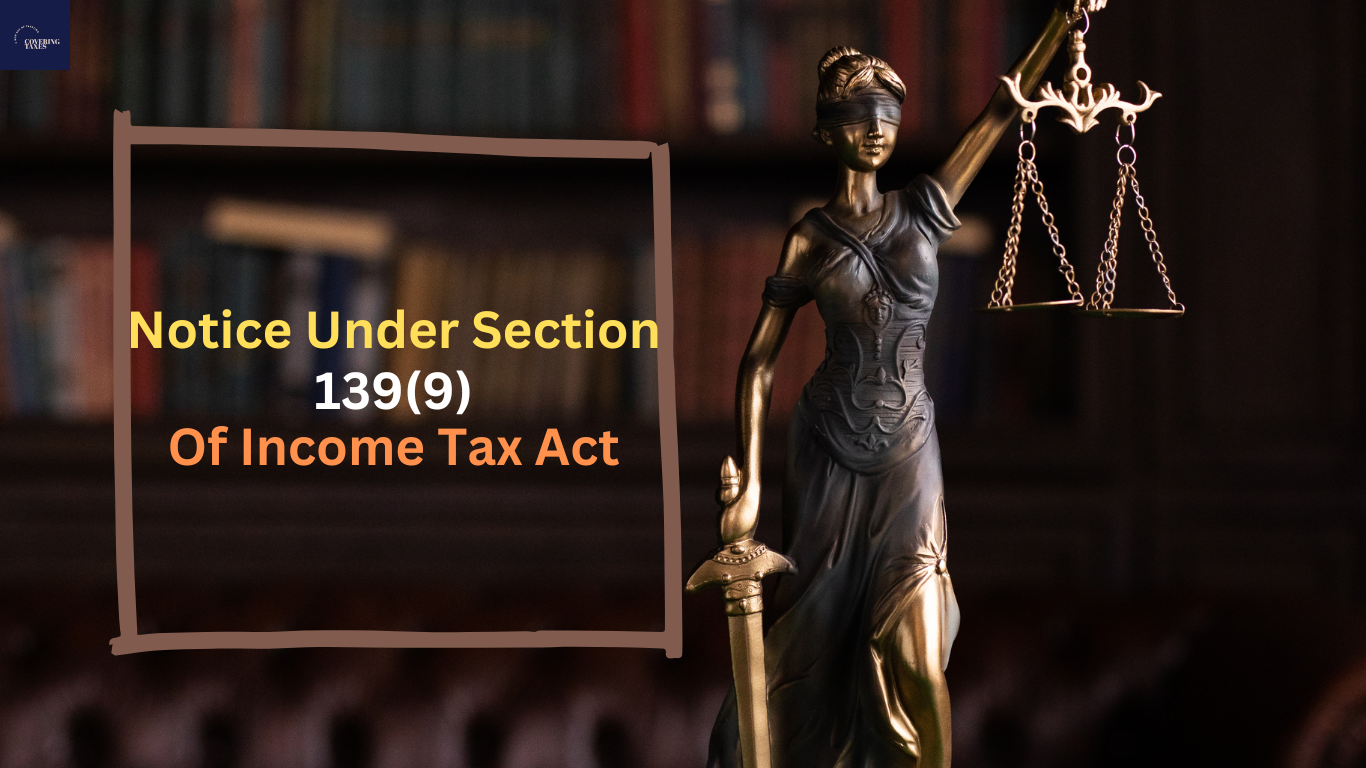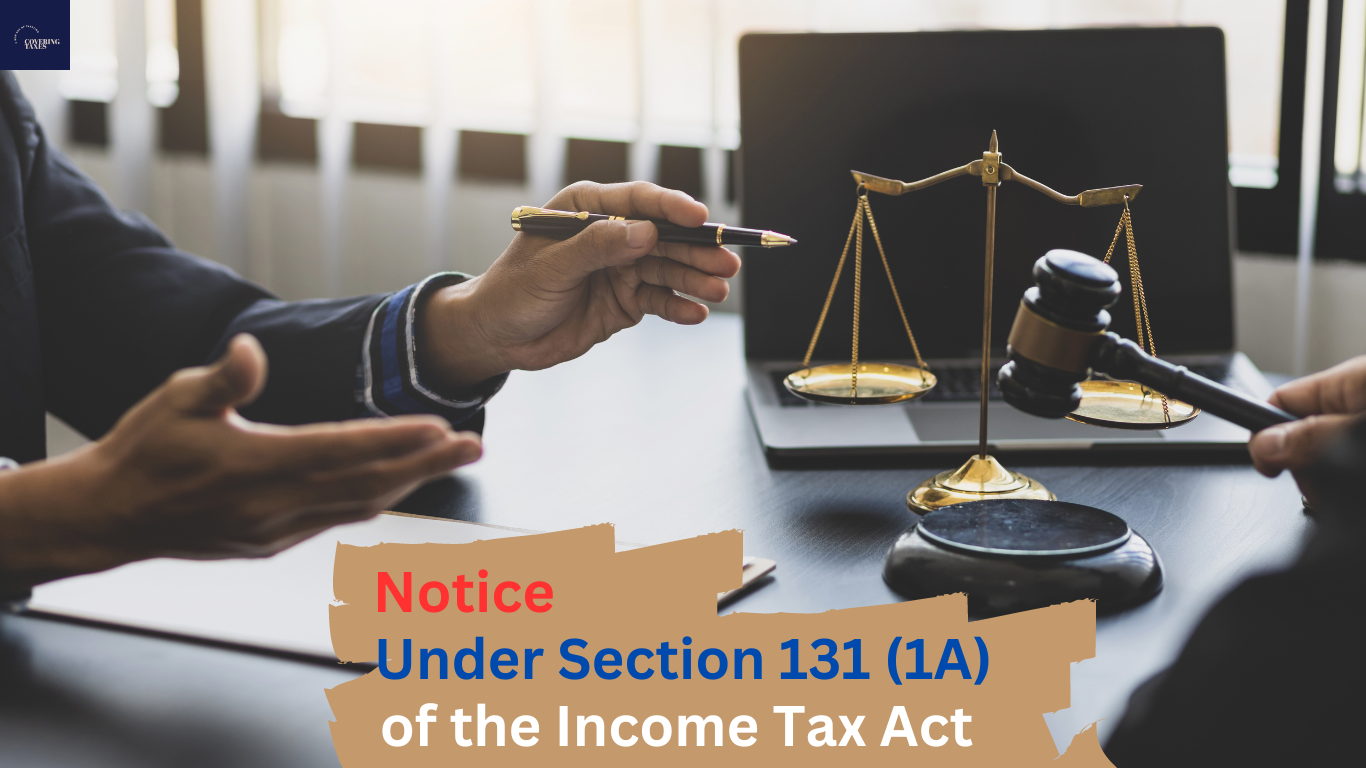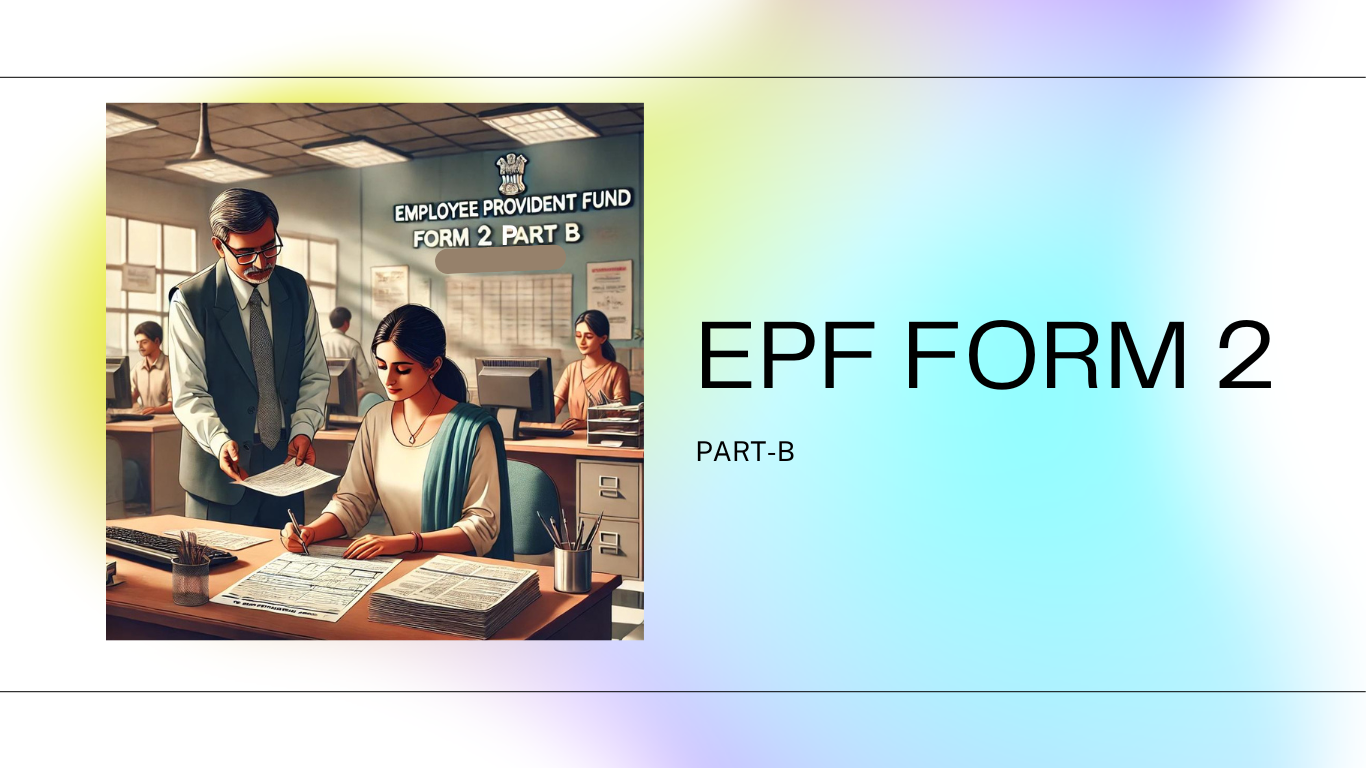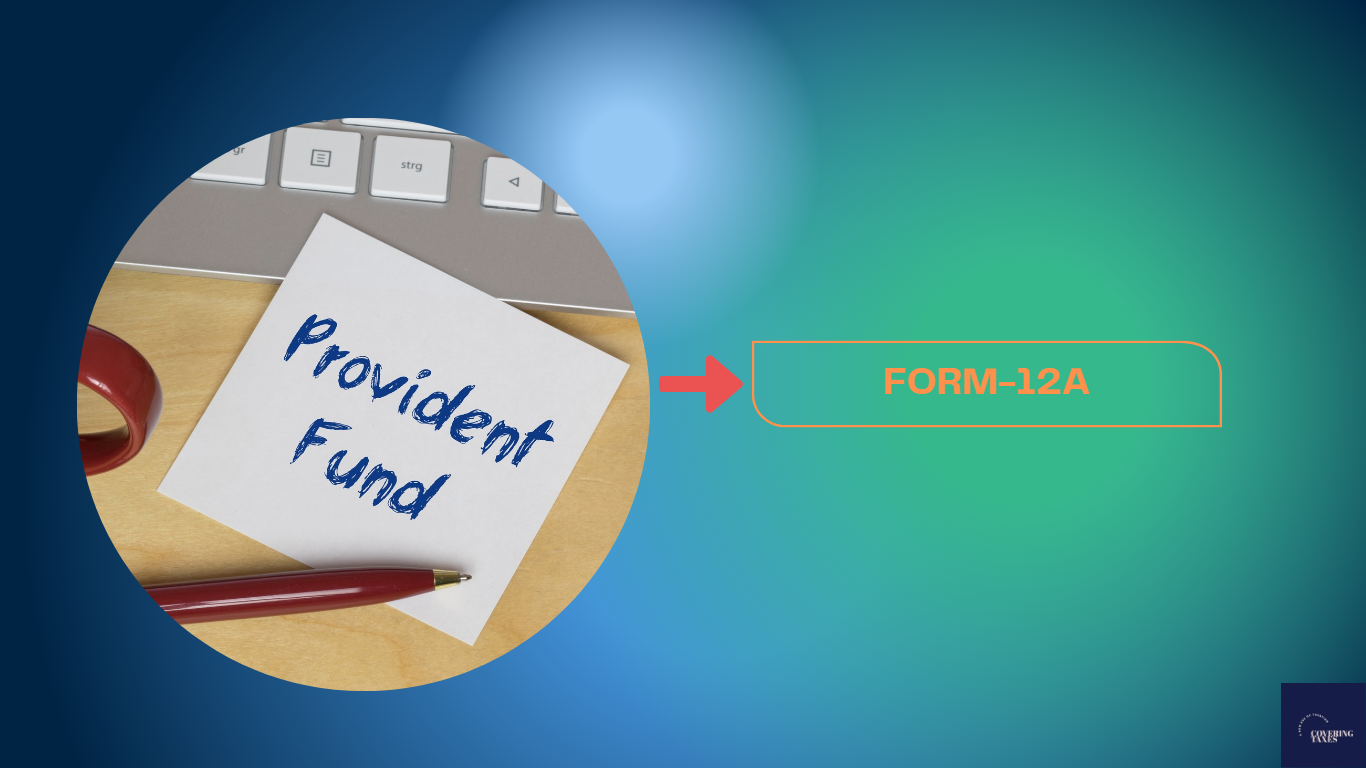Employee Provident Fund-Form-31
Introduction to EPF Form 31
A Provident Fund (PF) serves as a financial safety net for employees, functioning as a retirement corpus. During financial hardships, employees can partially withdraw money from their PF corpus. To facilitate this, the EPF Form 31, also known as the Employee Provident Fund Advance Form, is used. This form can be submitted online or offline, depending on your preference.
What is EPF Form 31?
EPF Form 31 is a crucial document used for claiming partial withdrawals from an employee’s Provident Fund account. The Employees’ Provident Fund Organization (EPFO) introduced this form to help salaried employees access their accumulated funds for financial needs, even before retirement.
Conditions for EPF Withdrawal
Employees can withdraw funds from their EPF account under specific conditions:
- Unemployment: Full withdrawal is allowed if a person has been unemployed for more than two months, verified by a competent authority.
- Retirement: Full withdrawal upon retirement.
For partial withdrawals, employees must meet certain conditions, detailed in the table below:
| Withdrawal Reason | Withdrawal Limit | Employment Years | Conditions |
|---|---|---|---|
| Marriage | 50% of EPF savings | 7 years | Can be for own or family member’s marriage |
| Home Loan Repayment | 90% of EPF balance | 1 year | Property must be in employee’s or spouse’s name |
| Education | 50% of EPF savings | 7 years | For higher education of self or children |
| Home Purchase | Up to 36 times monthly wages | 5 years | Property must be in employee’s or spouse’s name |
| Home Renovation | Up to 12 times monthly wages | 5 years | Property must be in employee’s or spouse’s name |
| Post-57 Years | 90% of EPF balance | After 57 years | Can withdraw for financial needs |
How to Fill EPF Form 31
There are two ways to apply for EPF Form 31 withdrawal:
Method 1: Offline Application
- Download Form 31 from the EPFO website.
- Fill in the required details accurately.
- Submit the form to the jurisdictional EPFO office after getting it attested by your current employer.
Method 2: Online Application
- Sign in to the UAN Portal on the EPFO website.
- Verify and update your KYC details.
- Select ‘EPF Claim Form 31’ under the online service tab.
- Fill in the required details and complete the verification process.
- Submit the form online and wait for employer approval.
Points to Remember While Filling EPF Form 31
- Attach a canceled cheque for timely bank transfers.
- For amounts below ₹2,000, opt for a money order.
- Ensure your UAN is linked to your PAN card, Aadhaar, bank account, and mobile number.
Documents Required for EPF Form 31
The documents required vary based on the purpose of withdrawal:
| Purpose | Documents Required |
|---|---|
| Home Purchase | Property registration and declaration certificate |
| Medical Ailment | Attested certificate from employer and doctor |
| Handicap | Doctor’s certificate |
| Pre-retirement | Declaration certificate |
| Marriage | Declaration in Form 31 |
Downloading EPF Form 31
- Visit the EPFO official portal.
- Enter your UAN and password to sign in.
- Navigate to the services section and select the claim option.
- Complete the necessary details and select ‘PF Advance Form 31’.
- Fill in the withdrawal details and submit.
What is EPF Advance Form 31 Declaration?
The EPF Advance Form 31 Declaration is a formal request to withdraw funds from your EPF account before retirement, for specific reasons like marriage, education, or medical emergencies.
Checking EPF Form 31 Claim Status
To check the status of your EPF Form 31 claim:
- Open the EPFO portal.
- Sign in with your UAN and password.
- Click on ‘Tracking Claim Status’ under the services tab.
- Enter the required details, including office code and account number.
- Submit to view the claim status.
By following this guide, you can easily understand and navigate the process of filling and submitting EPF Form 31 for partial withdrawals from your Provident Fund account.
Frequently Asked Questions
A. EPF Form 31, commonly referred to as the EPF Advance Form, is utilized to file a claim for partial withdrawal or to secure an advance payment from an employee’s Provident Fund account.
A.EPF Form 31 can be rejected for several reasons, including incorrect member details, outdated bank information, incomplete KYC, unclear signatures, and an improper copy of the cheque book. feature under the ‘For Employees’ tab.
A. Typically, the withdrawal process for EPF Form 31 takes between 5 to 30 days for the funds to be deposited into the registered bank account.
A. The sum that can be withdrawn using Form 31 depends on the purpose of the withdrawal and the duration of your employment.
A.An EPF member can make a non-refundable withdrawal from their PF account up to 2 to 3 times, provided there is a minimum gap of six months between withdrawals. However, each withdrawal must be for a different specific reason.
About The Author

Gagan Gupta
Founder & CEO
Gagan Gupta is a distinguished authority in the realm of accounting and tax compliance. With extensive expertise in managing comprehensive tax compliance procedures—ranging from income tax and GST to TDS and TCS filings across various industries—Gagan has established himself as a pivotal figure in the field. His proficiency extends to meticulously teaching the intricacies of the filing process, elucidating even the most minute details, and identifying common errors along with their resolutions.
Gagan Gupta’s profound understanding of every facet of taxation and accounting enables him to share invaluable insights through industry-specific blogs. These blogs serve as a rich resource for fellow industry professionals, including advocates and Chartered Accountants (CAs). By imparting his extensive knowledge and practical experience, Gagan Gupta not only enriches his readers but also contributes significantly to the broader discourse in the taxation and finance community.

